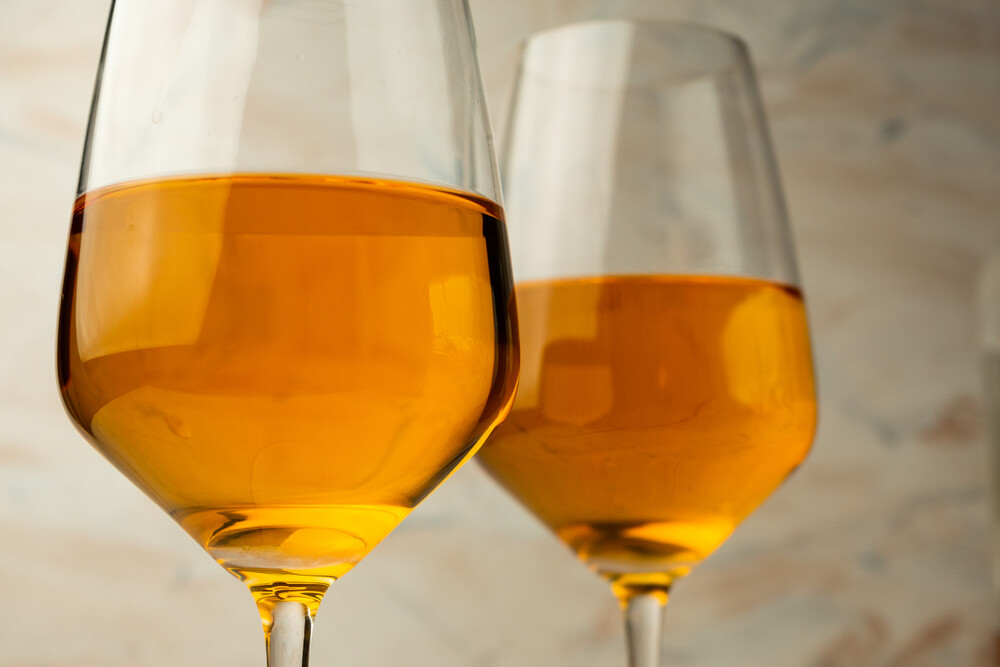Leave it to the wine industry to develop a trend that leaves us scratching our heads. Is there something wrong with this white wine? Is it actually made from oranges? I have no idea what you’re talking about — I have never even heard of orange wine!
After this little lesson (it’ll be quick and painless), you won’t turn back on this beverage trend that will be sticking around for a while. And to be honest, it’s hard to hate a wine for standing out in the crowd, especially when it pairs deliciously with so many foods.
Orange wines are in fact not a new thing. These ancient wines originated in the Georgian and Italian wine making regions and have been around for hundreds of years.
First, let’s clear the air: These wines are NOT made from oranges. The term refers to the color of these white wines. In contrast to most white wines, orange wines can be rusty in color and even pour as cloudy as a hazy IPA. This color results from the winemaking process.
In traditional white wine, the grapes are pressed of their juice. For orange wine, the grapes are pressed and left in contact with the skins and pulp, then allowed “marinate” for weeks or months. Leaving the skin allows tannins to develop and natural yeasts on the grapes to ferment, yielding a broad range of flavors and aromas from spice and herbs to stone fruit and caramel notes.
Think of orange wines as white wines masquerading as red wines by way of their rich complexity. Orange wines complement a wide variety of foods. Consider them the next time you dig in to your favorite Mediterranean, Middle Eastern, or Asian cuisines. You won’t be disappointed!
To find them in the local wine shop, head to the natural wine section. This title refers to the style of fermentation using natural yeasts. Extra bonus: These wines have no need for sulfites or added yeasts.
So hold your weird white wine in the air and CHEERS!





